Yellow squash is a super-tasty veggie and is used in many recipes. It is also one of the common forms of summer squash, as it is mostly harvested also during the summer months. And as summer approaches, we can prepare our mouthwatering recipes based on fresh yellow squash.
Now, you are probably wondering if our cute little guinea pigs can consume yellow squash. Well, let’s find out!
Can guinea pigs eat yellow squash? Guinea pigs can eat yellow squash because it contains lots of beneficial vitamins and other nutrients essential to their overall health. Served this in moderation to create a balanced diet for your pet.
The yellow summer squash taste is delicious, mildly sweet, and nutty. But can guinea pigs eat this too? What are the exact benefits of yellow squash for the guinea pig? Are there any risks? Which nutrients are found in yellow squash? Keep on reading the following sections to find out.
Table of Content
Is Yellow Squash Good for Guinea Pigs? | Health Benefits
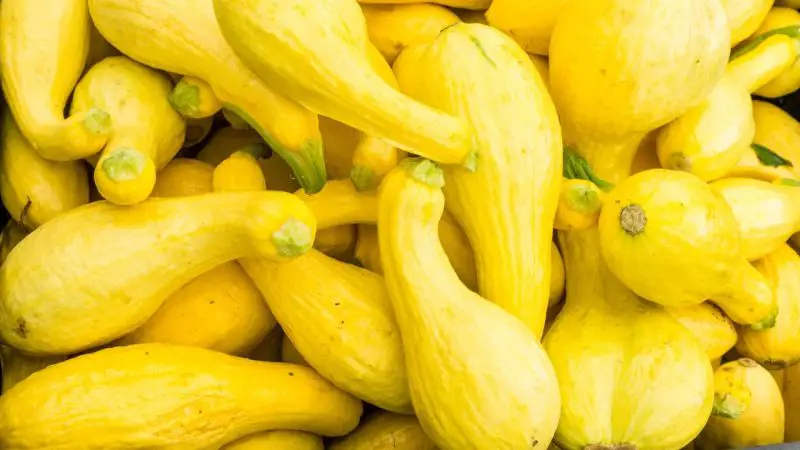
Yellow summer squash is good for guinea pigs. It contains lots of vitamins and other nutrients important to guinea pigs’ health.
Here are some of its health benefits:
Healthy Weight
Your guinea pig will not gain additional weight with this delicious yellow squash. It is low in calories, carbs, proteins, and fat. When combined, all of these things make this vegetable safe for consumption without causing rapid weight gain.
Antioxidants
Vitamin A in the yellow squash is an amazing antioxidant that fights the free radicals and prevents damage they may cause. It will boost the immune system and make your guinea pig healthier overall.
Scurvy Prevention
The vitamin C in the yellow squash will prevent the dangerous scurvy disease that guinea pigs are prone to. This disease starts with a rough coat, lack of appetite, bleeding, abnormal discharges, loose stool, and fatigue.
Since cavies cannot make or store this vitamin, we must give them foods rich in vitamin C to prevent this disease.
Nutrition Facts of Yellow Squash
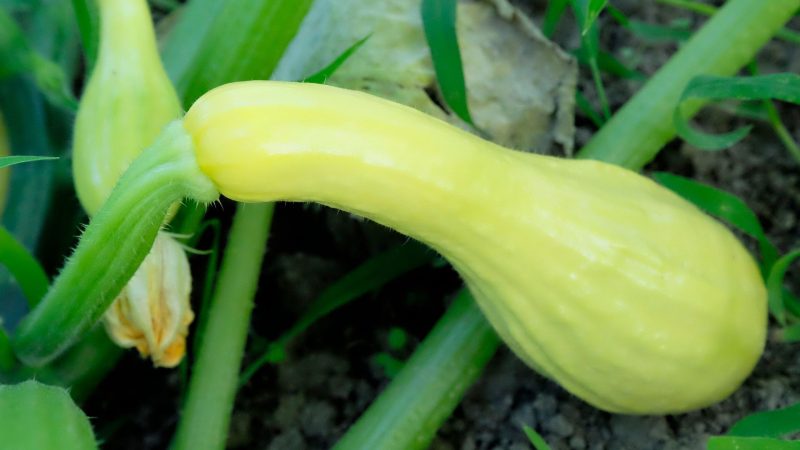
Here are the nutrition facts for a 100 g (3 oz) of yellow squash:
- Low in Calories – 16 calories. Guinea pigs will surely stay fit with a low amount of calories.
- Low in Carbs and Protein – 3.3 g carbs and 1.2 g proteins. This is enough coming from a diet-friendly veggie.
- Fiber – 1.1 g. Fibers are needed daily for a healthy gut, good digestion, and regular bowel emptying.
- Sugar – 1.7 g. This amount of sugar is still relatively low and not so dangerous. They will only have painful digestion and other stomach problems if the guinea pigs consume lots of sugar. Guinea pigs don’t digest sugars very well.
- Low in Fat – 0.2 g. Again, this veggie will not affect the healthy weight of your guinea pig, and it is diet-friendly.
- Vitamin A – 4%. This vitamin has the role of an antioxidant. It keeps the skin, heart, lungs, kidneys, vision, and brain health. Vitamin A also boosts immunity.
- Vitamin C – 28%. It is the most important vitamin for guinea pigs. They do not produce it naturally and can’t store it either. Any food with vitamin C is good for them because it keeps the cavies safe from scurvy disease.
- Riboflavin – 8%. Riboflavin is the B2 vitamin; it promotes good oxygen flow in the organism and converts foods into energy.
- Vitamin B6 – 11%. B6 helps produce more of the happiness hormone (serotonin), but it also improves the quality of sleep and reduces stress.
- Calcium – 15 mg. It is a mineral for strong bones but can cause urinary problems if consumed excessively.
- Iron – 2%. This mineral keeps the blood healthy and safe from anemia. It boosts immunity and overall health.
- Magnesium – 4%. A mineral that prevents heart problems, diabetes and keeps the muscle tissues strong and healthy.
- Potassium – 7%. Potassium lowers high blood pressure reduces the risk of heart diseases and kidney stone formations.
- Zinc – 2%. Zinc boosts immunity, helps to recover fast during cold and flu, and it reduces the risk of chronic illnesses.
- Copper – 3%. It works together with the iron in the blood. This nutrient forms the red blood cells.
Serving and Frequency of Yellow Squash for Guinea Pigs
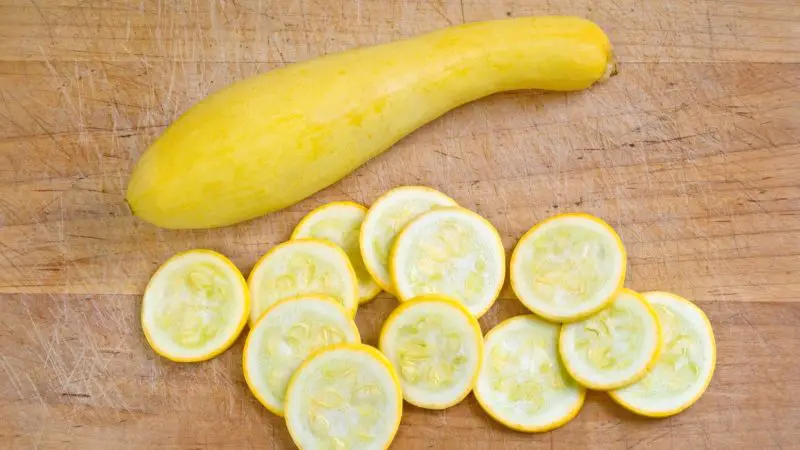
How Often Can Guinea Pigs Eat Yellow Squash?
First, you should wash the squash thoroughly to remove all the dirt or chemicals that it may contain before preparing and serving it to your pet.
As for the serving size of yellow squash, one cup or a handful is enough. You can give them yellow squash two to three times per week and in moderate amounts.
Are Skin and Seeds of Yellow Squash Edible?
Yellow squash’s skin and seeds can be eaten. It has thin skin high in vitamin A, which can be consumed safely. Just make sure to wash it, to remove any chemicals that may be present. On the other hand, avoid bigger seeds or slice them into smaller sizes to prevent choking hazards.
Is Yellow Squash Bad for Guinea Pigs? | Possible Risks
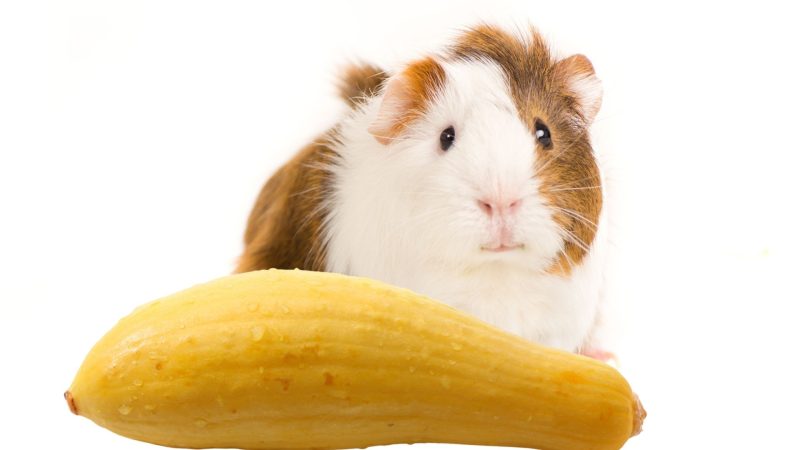
Urinary Problems
Calcium in yellow squash is a health risk for guinea pigs. This mineral, in large amounts, will damage the urinary tract. There is a risk of bladder and kidney stones, blood in the urine, infections in those organs, or painful urination. If this is not treated on time, the guinea pig’s kidneys can stop working.
Problems With Digestion
If the guinea pig eats yellow squash in large amounts, there could be some minor digestion problems. It has sugar and fibers that may result in painful digestion, gasses and flatulence, cramps, and loose stool if consumed in excess.
Frequently Asked Questions
Can Guinea Pigs Eat All Types of Squash?
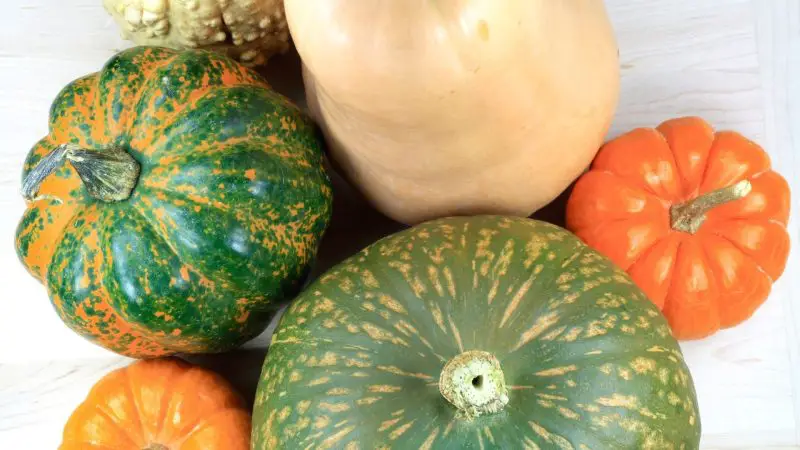
All types of squash are edible to guinea pigs, and it is also tasty for them. Some of these squashes are zucchini, butternut squash, pumpkin, spaghetti squash, acorn squash, etc.
Can Guinea Pigs Eat Cooked Yellow Squash?
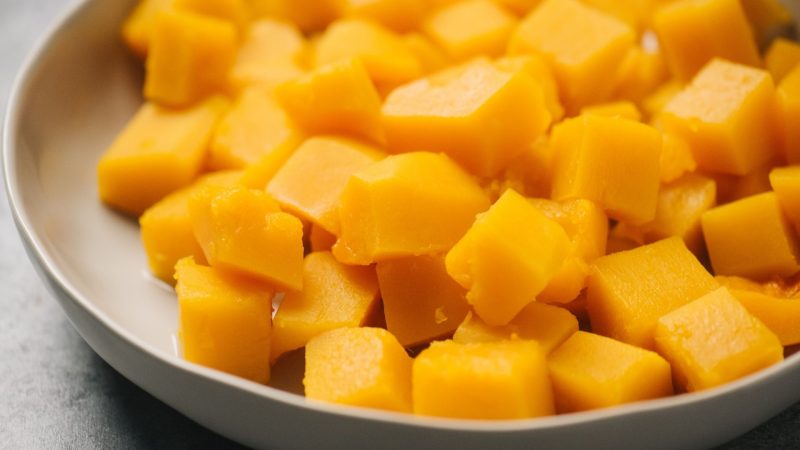
Guinea pigs cannot eat any cooked foods. Cooked yellow squash cannot be consumed by your pet, as their digestive system is not meant to digest cooked meals. Guinea pigs should only be given fresh and raw fruits and vegetables.
Quick Facts on Yellow Squash
- Squash is related to melons and watermelons.
- It is thought that squashes were first domesticated in 5000 BC in Mexico, Peru, and the Eastern part of the USA.
- Christopher Columbus brought the squashes to the New World in 1492.
- The word ‘squash’ comes from the word ‘askutasquash,’ which meaning ‘green thing that is eaten raw.’
- Yellow squash should be picked unripe, and the rind is still edible and soft.
- The yellow squash varieties are straightneck, crookneck, zucchini, aehobak, zucchetta, tromboncino, pattypan, and cousa.
- Squashes can be used as containers when dried up.
- The heaviest squash in the world weighed 2.118 lb (960.7 kg).
- Presidents Jefferson and Washington grew squashes in their home gardens.
- Squashes are also used for making candles in Latin America.
- Florida, California, North Carolina, and New York produce the most squashes in the United State of America.
- Sioux Native Americans used to cut the squashes and dry them, and they would weave them to make mats for sleeping.
We have also made a full list of foods that guinea pigs can and can’t eat (150+ Types of Foods). Be sure to also check our recommended products page for everything you will ever need to assure a happy life for your guinea pigs. Hope this information was helpful and you have found the answer you were looking for.
List of Sources
Everyday Mysteries: Question – How Did the Squash Get Its Name?
